Home>Storage & Organization>Closet & Wardrobe Organization>How To Organize Belts
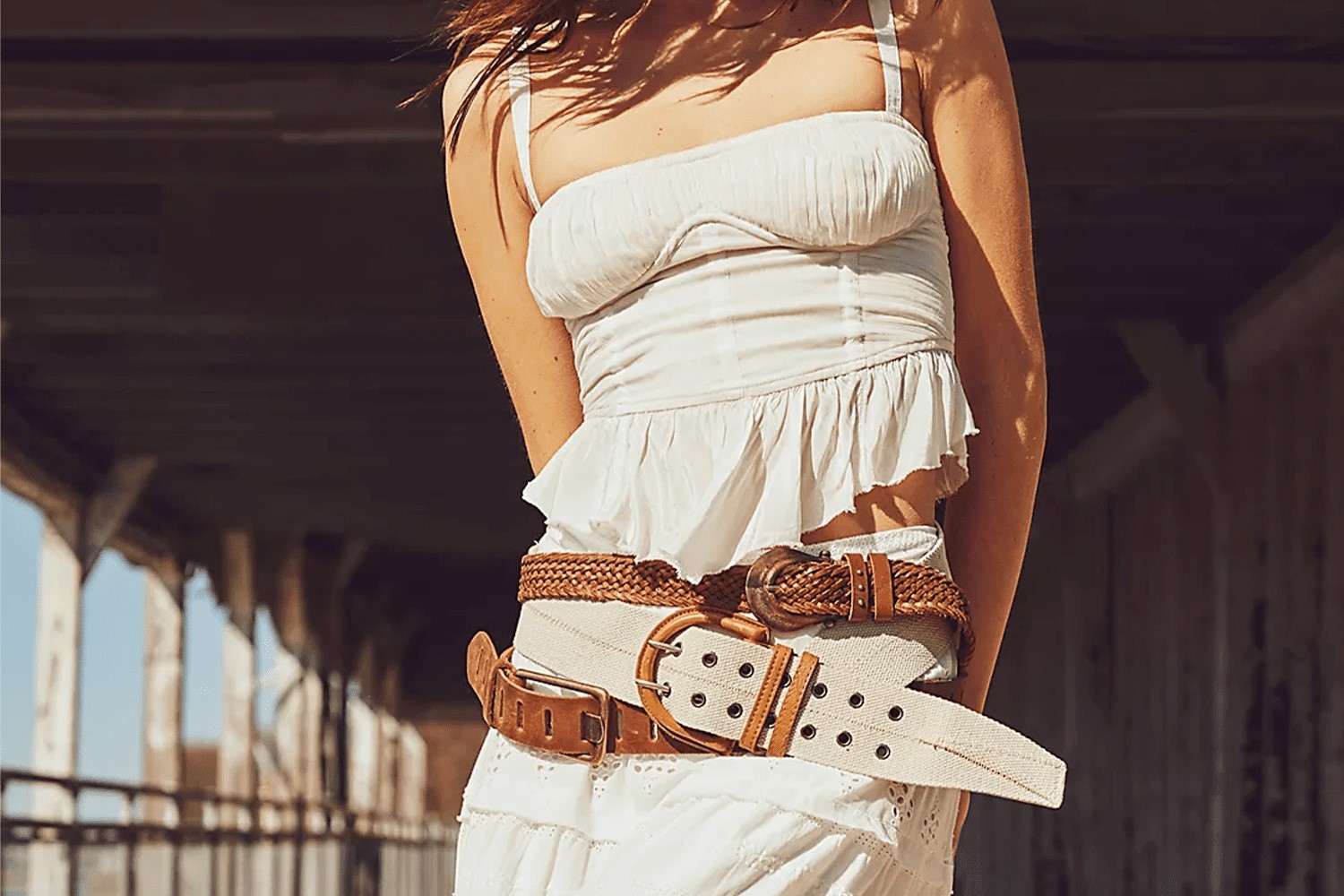

Closet & Wardrobe Organization
How To Organize Belts
Published: March 3, 2024
Learn how to effectively organize your belts in your closet and wardrobe with these simple and practical tips. Say goodbye to tangled belts and hello to a well-organized space!
(Many of the links in this article redirect to a specific reviewed product. Your purchase of these products through affiliate links helps to generate commission for Storables.com, at no extra cost. Learn more)
Choosing the Right Belt Organizer
When it comes to organizing your belts, the first step is to choose the right belt organizer. There are various options available, so it's essential to select one that suits your needs and space. Here are some popular belt organizer options to consider:
-
Belt Rack: A belt rack is a convenient and space-saving option for organizing belts. It typically features multiple hooks or loops where you can hang your belts. Belt racks can be mounted on the wall or attached to the inside of a closet door, making them a versatile choice for any space.
-
Drawer Inserts: If you prefer to keep your belts out of sight, a drawer insert with individual compartments for each belt is an excellent choice. This option is ideal for those who want to maintain a clean and organized look in their closet or dresser.
-
Hanging Organizer: A hanging organizer with pockets or compartments is a great option for those with limited space. You can hang it on a closet rod or hook, and it provides a convenient way to store and access your belts without taking up valuable shelf or drawer space.
-
Belt Hangers: Belt hangers are similar to belt racks but are designed to be hung in a closet. They often feature multiple hooks or bars for hanging belts, and some models even rotate for easy access.
-
Closet Systems: If you're looking for a comprehensive storage solution, consider investing in a closet system with specific accessories for organizing belts. These systems often include pull-out racks, hooks, or compartments designed specifically for belts.
When choosing the right belt organizer, consider factors such as the number of belts you own, the available space in your closet or dresser, and your personal preference for visibility and accessibility. By selecting the right organizer, you can ensure that your belts are neatly stored and easy to access whenever you need them.
Key Takeaways:
- Choose the right belt organizer based on your space and needs, such as a belt rack for easy access or a drawer insert for a clean look. This ensures your belts are neatly stored and easy to find.
- Sort your belts by type, like leather or fabric, to streamline your daily routine. Utilize drawer dividers to keep them organized and maintain their quality, making it effortless to find the perfect belt for any outfit.
Sorting Belts by Type
When it comes to organizing your belts, sorting them by type can make a significant difference in how you access and use them. Here are some common types of belts and how you can sort and organize them effectively:
1. Leather Belts
Leather belts are a staple in many wardrobes, and they come in various colors and styles. To keep them organized, consider sorting them by color or buckle type. You can use a belt rack with individual hooks to hang them neatly, making it easy to find the perfect leather belt for any outfit.
2. Fabric Belts
Fabric belts, such as woven or braided styles, require a different approach to organization. You can sort them based on their width or pattern. Drawer inserts with compartments are an excellent option for keeping fabric belts neatly folded and separated, making it easy to see all your options at a glance.
3. Statement Belts
Statement belts, featuring bold buckles or unique designs, often serve as fashion accessories. To showcase these belts effectively, consider using a hanging organizer with clear pockets or compartments. This allows you to display your statement belts while keeping them protected and easily accessible.
Read more: How To Store Belt
4. Casual vs. Formal Belts
Distinguishing between casual and formal belts is essential for easy access. You can sort them into separate sections within a drawer insert or on a belt rack. This way, you can quickly grab the right type of belt for any occasion without rummaging through a jumbled collection.
By sorting your belts by type, you can streamline your daily routine and ensure that each belt is stored in a way that preserves its quality and appearance. Whether you're dressing for a casual day out or a formal event, having your belts organized by type makes it effortless to find the perfect accessory for any outfit.
Utilizing Drawer Dividers
Drawer dividers are an excellent solution for keeping your belts neatly organized and easily accessible. Here's how you can make the most of drawer dividers to create a well-organized belt storage system:
-
Separate Compartments: Utilize drawer dividers to create separate compartments for each belt. This allows you to keep your belts neatly arranged and prevents them from becoming tangled or overlapping. With individual compartments, you can easily see and access each belt without disturbing the others.
-
Customization: Choose adjustable drawer dividers that can be customized to fit the width of your belts. This ensures that each belt has its own designated space, regardless of its size or thickness. Adjustable dividers also allow you to reconfigure the layout as needed to accommodate new belts or make adjustments to your storage system.
-
Visibility: Opt for clear or open-top drawer dividers to enhance visibility. Being able to see all your belts at a glance makes it easier to select the perfect accessory for your outfit. Clear dividers also make it simple to maintain the organization of your belts, as you can quickly identify if any belts are out of place.
-
Stacking or Rolling: Depending on the design of your drawer dividers, you can stack your belts neatly on top of each other or roll them to maximize space. Stacking belts vertically within the compartments prevents them from becoming creased or damaged, while rolling can be a space-saving option for wider belts or belts with decorative buckles.
-
Maintenance: Drawer dividers not only keep your belts organized but also help maintain their condition. By preventing belts from being crumpled or tangled, dividers contribute to the longevity of your belts. Additionally, the separation provided by dividers reduces the likelihood of wear and tear, ensuring that each belt remains in top condition.
By utilizing drawer dividers, you can transform your drawer into a well-organized and easily accessible belt storage space. Whether you prefer to neatly stack your belts or roll them for space efficiency, drawer dividers offer a versatile and customizable solution for keeping your belts in top condition and ready to wear.
Hanging Belts on Hooks or Hangers
Hanging belts on hooks or hangers is a practical and space-saving method for organizing your belt collection. Here's how you can effectively utilize hooks or hangers to keep your belts neatly stored and easily accessible:
-
Belt Hooks: Install individual belt hooks on the inside of your closet door or on a wall to create a dedicated space for each belt. This allows you to hang your belts in a single layer, preventing them from overlapping and making it simple to select the belt you need without disturbing the others.
-
Belt Hangers: Opt for belt hangers with multiple hooks or bars to maximize vertical space. These hangers are designed specifically for organizing belts and can accommodate a larger number of belts in a compact area. Some belt hangers even feature a rotating design, making it effortless to access any belt without having to remove others.
-
Belt Clips: Consider using belt clips that can be attached to a hanger or rod. These clips allow you to hang multiple belts in a row, similar to how pants are hung in a closet. This method is particularly useful for those with limited space, as it maximizes vertical storage and keeps belts neatly aligned and visible.
-
Space Efficiency: Hanging belts on hooks or hangers is an efficient way to utilize vertical space in your closet. By taking advantage of the often-unused area on the inside of a closet door or on a wall, you can free up valuable shelf or drawer space for other items while keeping your belts neatly organized and easily accessible.
-
Visibility and Accessibility: When belts are hung on hooks or hangers, they are clearly visible and easily accessible. This makes it effortless to browse through your collection and select the perfect belt for any outfit. Additionally, the open display of belts on hooks or hangers adds a decorative element to your closet, showcasing your belt collection as a stylish accessory.
By hanging your belts on hooks or hangers, you can create a visually appealing and space-efficient storage solution that keeps your belts neatly organized and readily available for everyday use. Whether you opt for individual hooks, multi-hook hangers, or belt clips, this method offers a practical and stylish way to showcase and access your belt collection.
Storing Belts in a Closet Organizer
Storing belts in a closet organizer offers a versatile and space-efficient solution for keeping your belts neatly arranged and easily accessible. Here's how you can effectively utilize a closet organizer to create a well-organized storage system for your belt collection:
-
Pull-Out Racks: Many closet organizers feature pull-out racks specifically designed for organizing belts. These racks typically consist of individual hooks or loops where you can hang your belts. By utilizing pull-out racks, you can maximize the use of vertical space in your closet while keeping your belts neatly displayed and easily accessible.
-
Adjustable Compartments: Look for a closet organizer with adjustable compartments or dividers. This allows you to customize the layout of the organizer to accommodate belts of different lengths and styles. Adjustable compartments ensure that each belt has its own designated space, preventing them from becoming tangled or overlapping.
-
Integrated Hooks or Bars: Some closet organizers come with integrated hooks or bars designed for hanging belts. These built-in features provide a dedicated space for organizing belts within the organizer, eliminating the need for additional accessories or storage solutions. Integrated hooks or bars offer a seamless and streamlined approach to belt organization.
-
Visibility and Accessibility: When storing belts in a closet organizer, prioritize visibility and accessibility. Ensure that the organizer allows you to easily see and access each belt without having to rummage through a cluttered space. Clear or open-front compartments can enhance visibility, making it effortless to select the perfect belt for any outfit.
-
Coordinated Storage: Incorporate your belt storage into a coordinated closet organization system. By integrating belt storage with other accessories such as ties, scarves, or jewelry, you can create a cohesive and visually appealing storage solution. Coordinated storage not only enhances the organization of your closet but also adds a stylish and personalized touch.
By storing your belts in a closet organizer, you can transform your closet into a well-organized and efficient space for accessing and showcasing your belt collection. Whether you opt for pull-out racks, adjustable compartments, or integrated hooks, a closet organizer offers a practical and customizable solution for keeping your belts in top condition and ready to wear.
Frequently Asked Questions about How To Organize Belts
Was this page helpful?
At Storables.com, we guarantee accurate and reliable information. Our content, validated by Expert Board Contributors, is crafted following stringent Editorial Policies. We're committed to providing you with well-researched, expert-backed insights for all your informational needs.
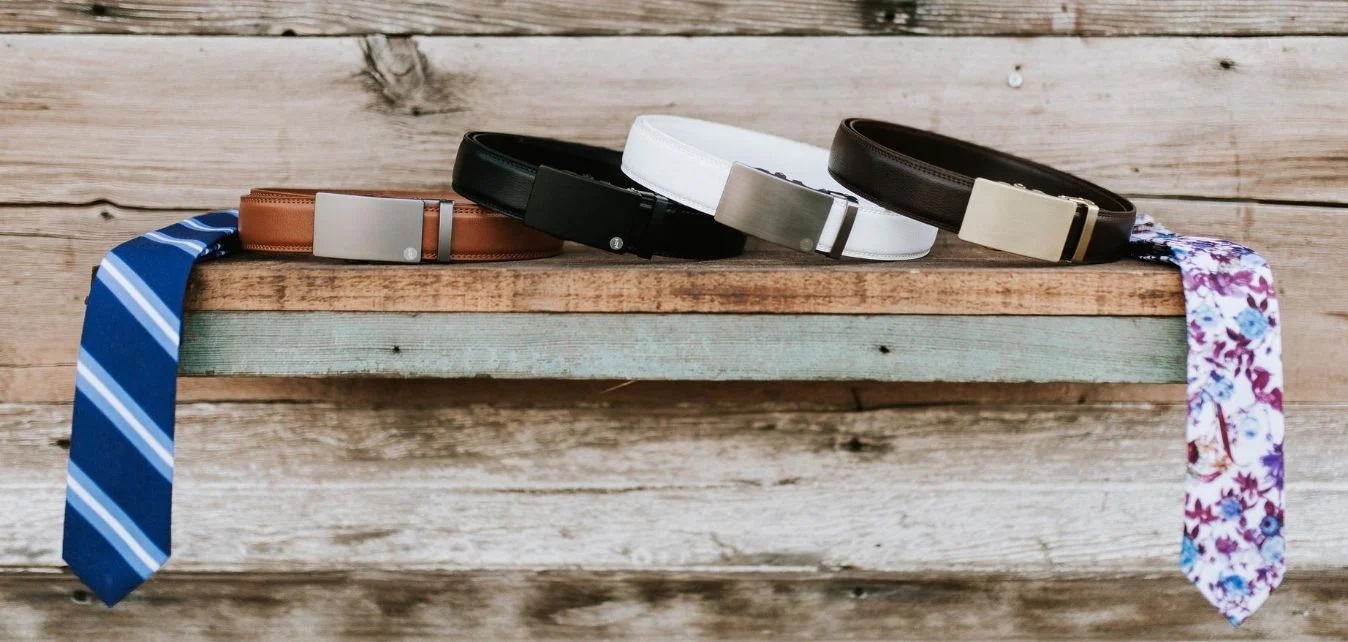
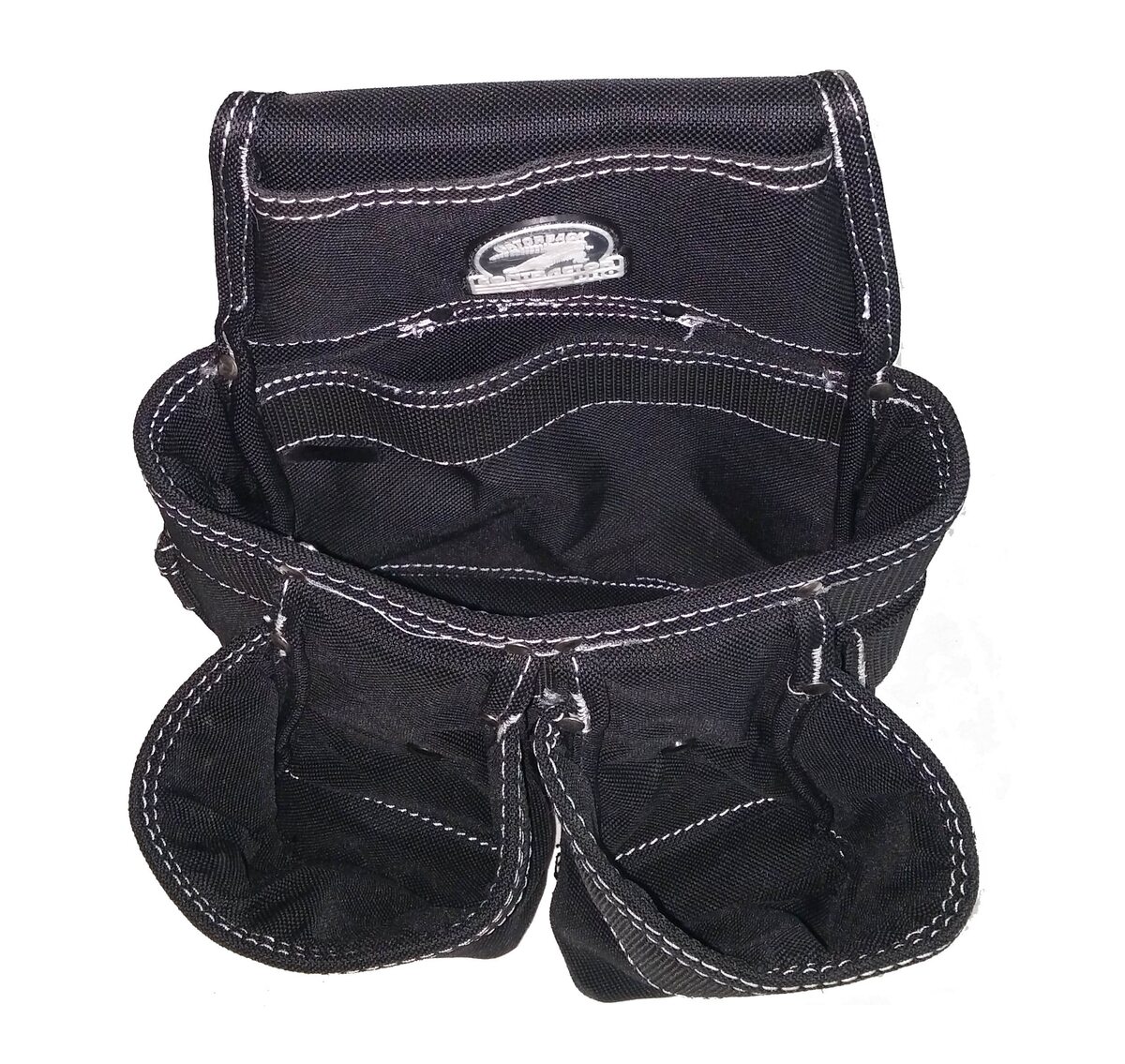
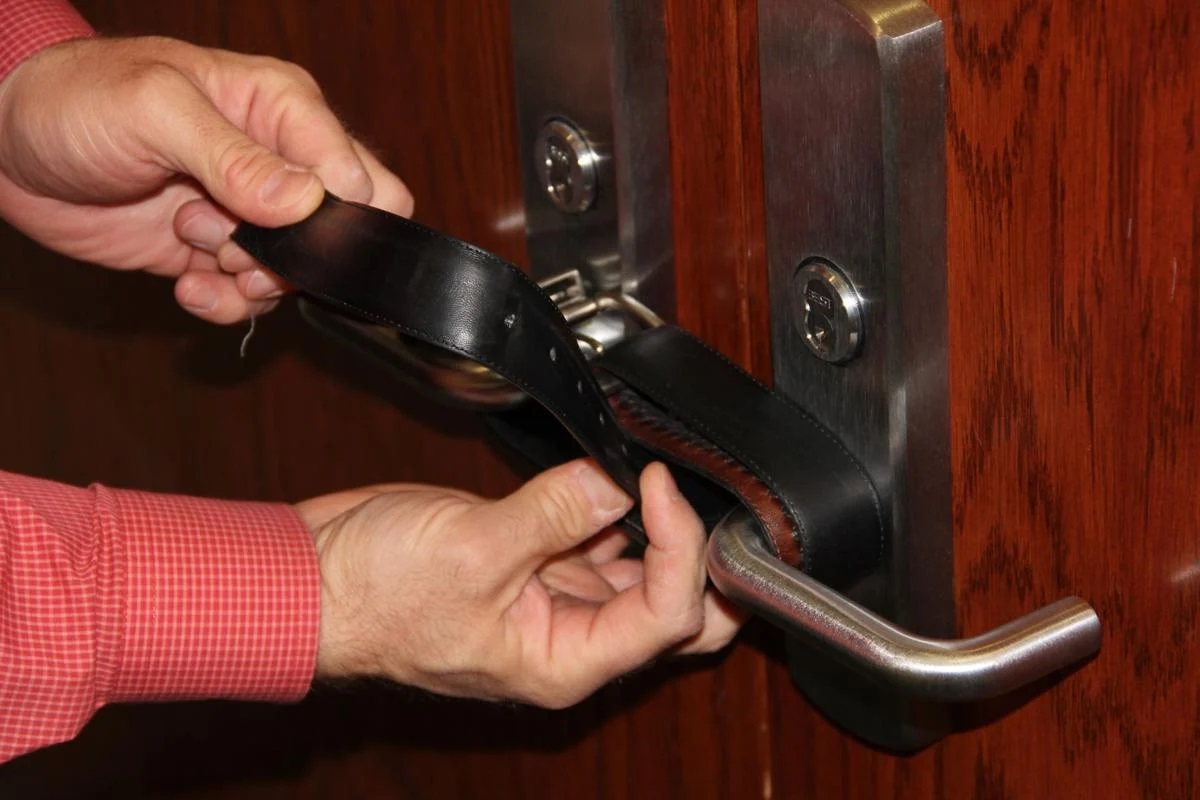

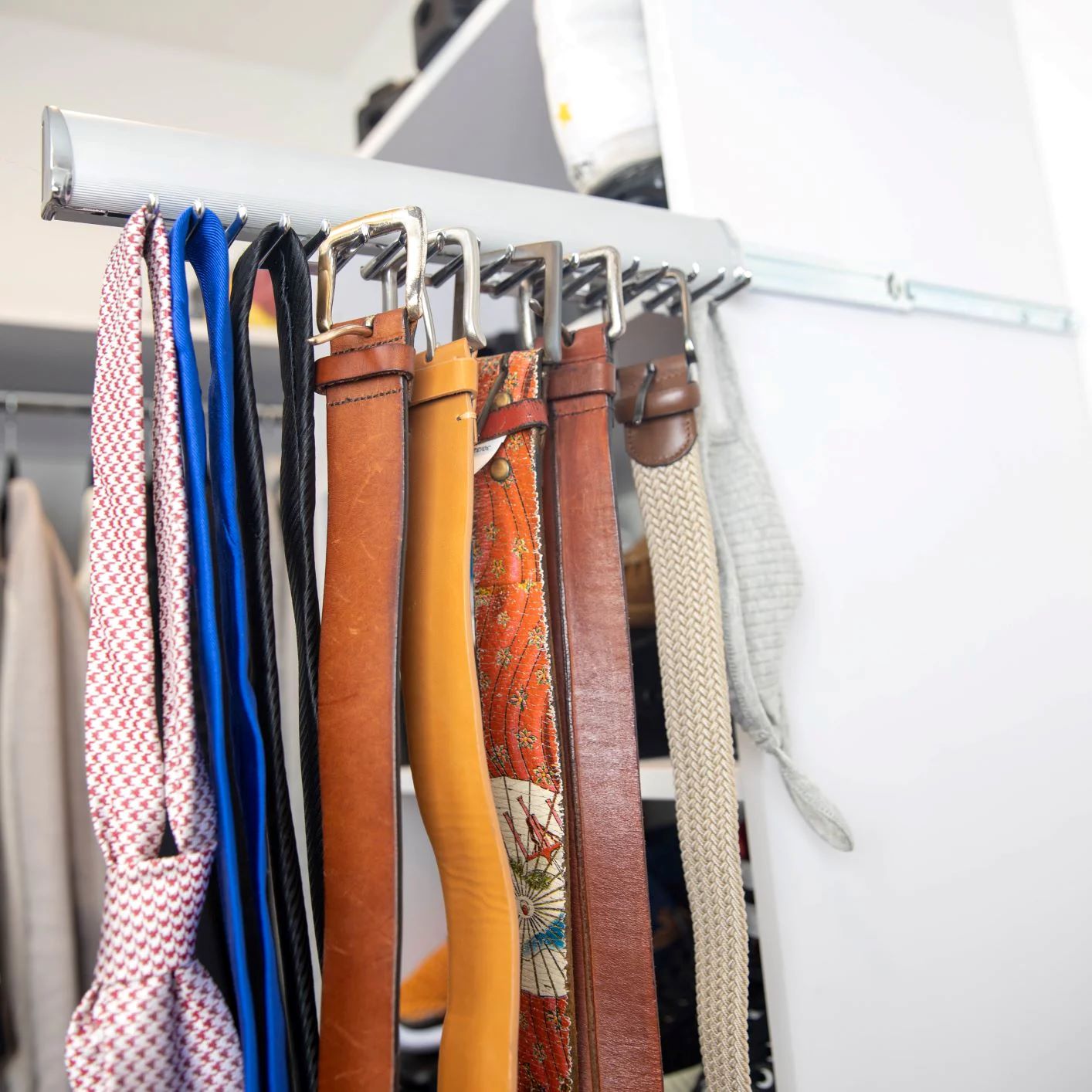
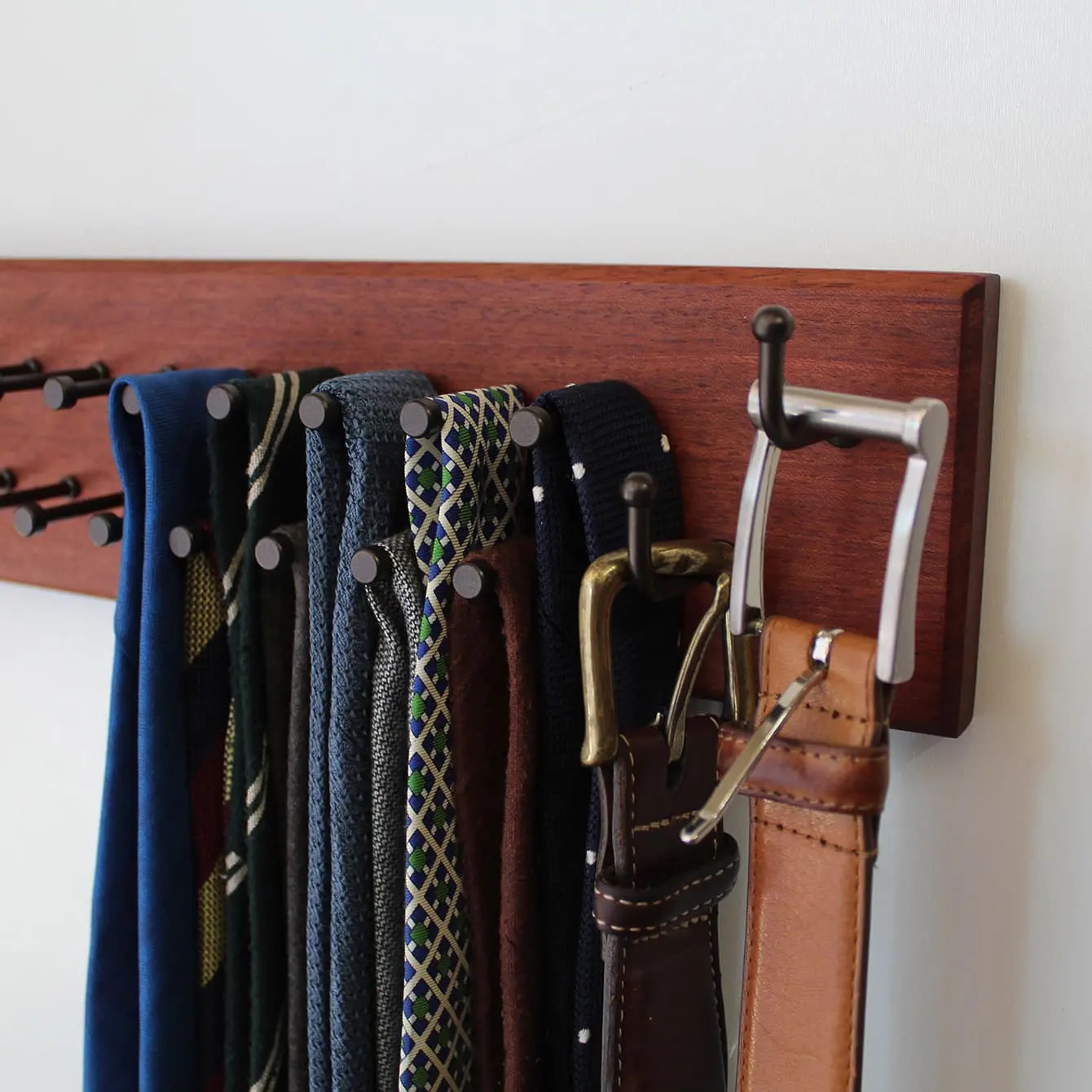
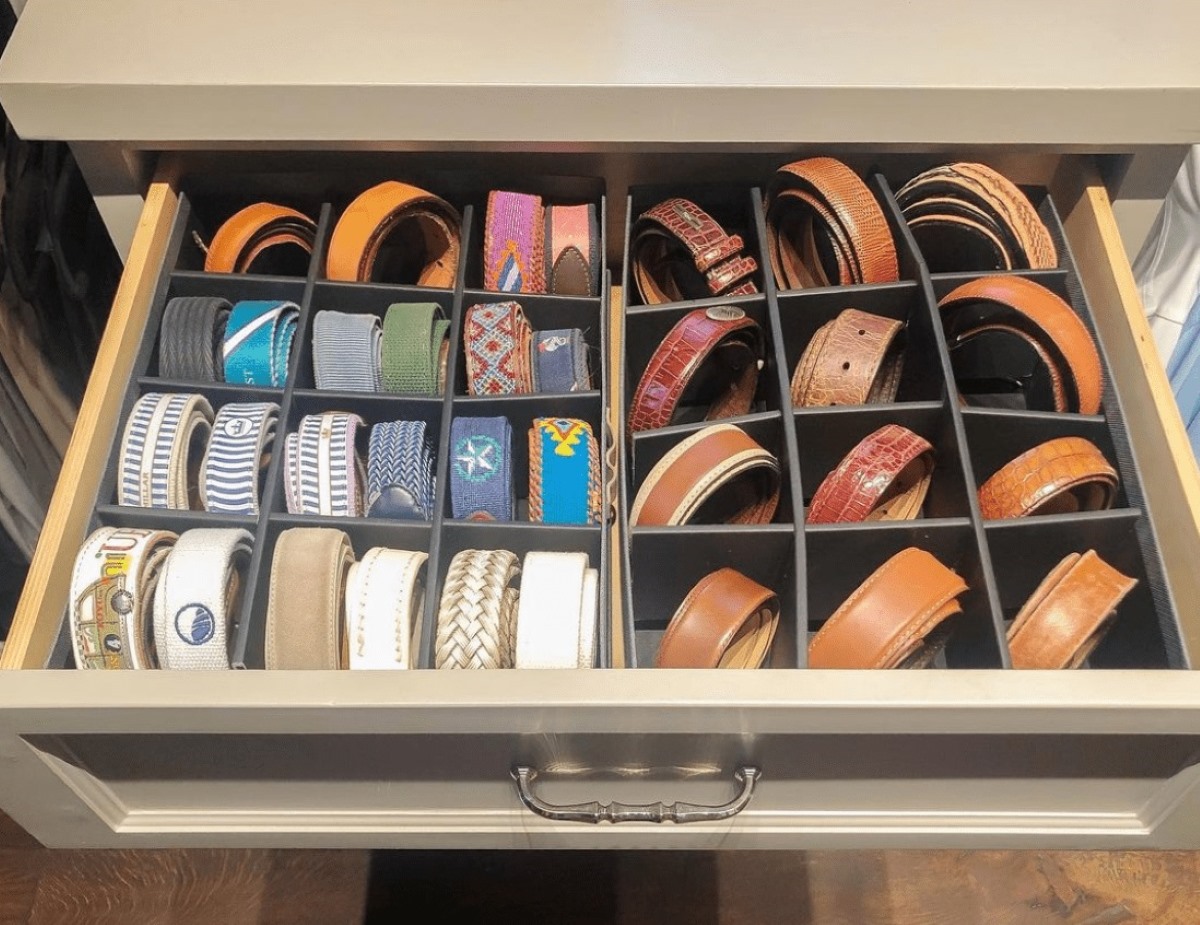
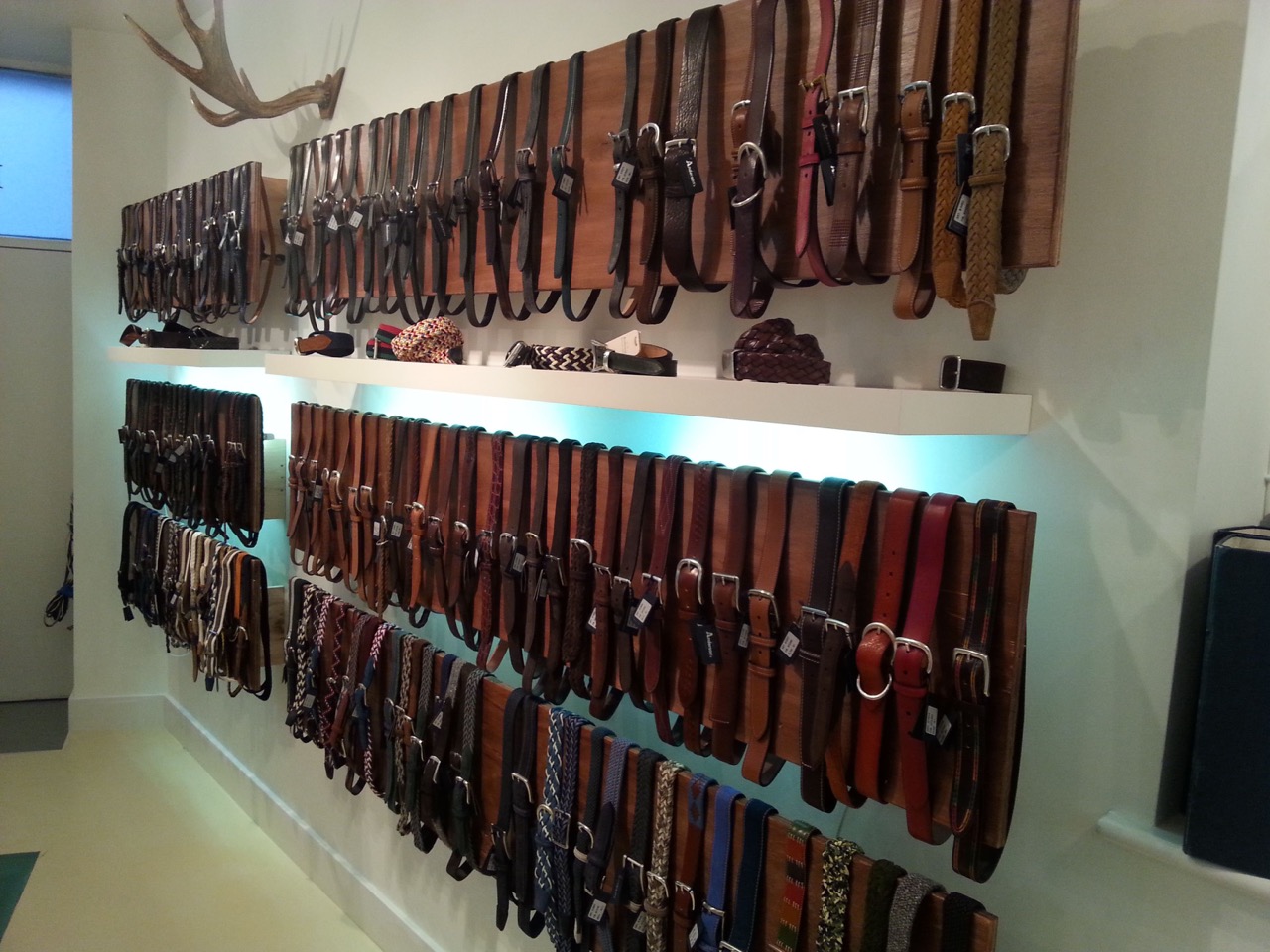
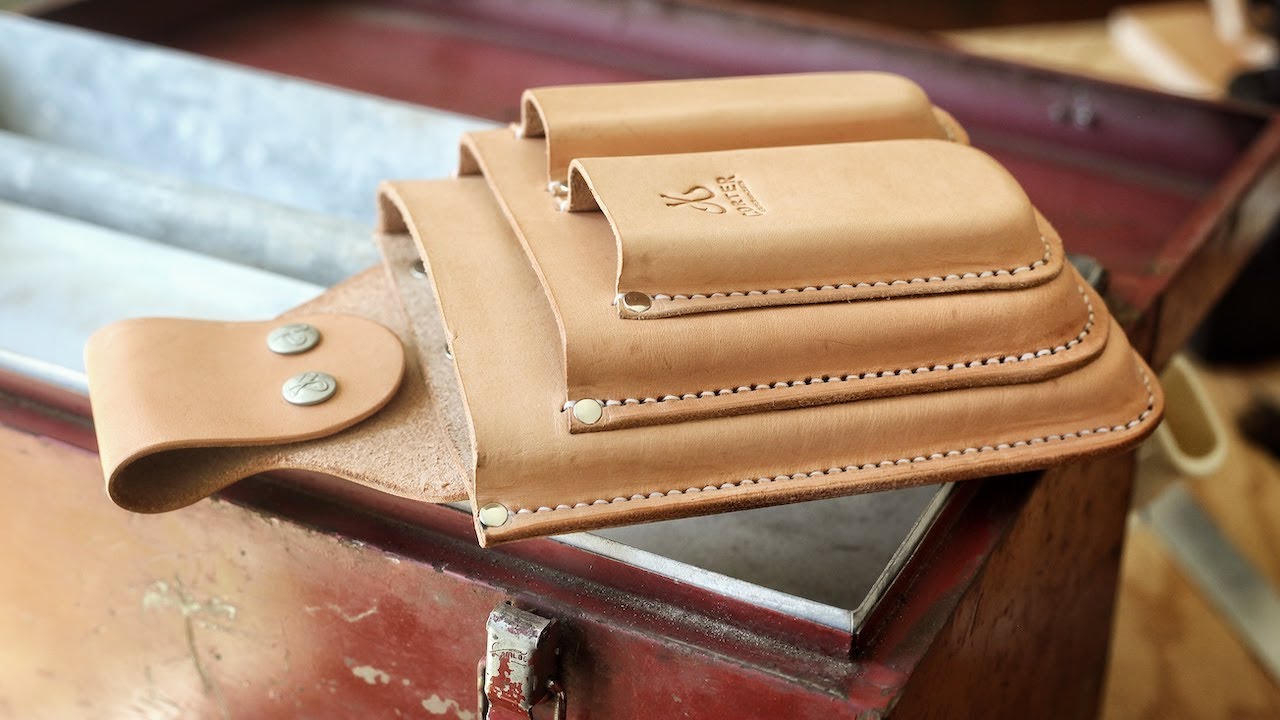
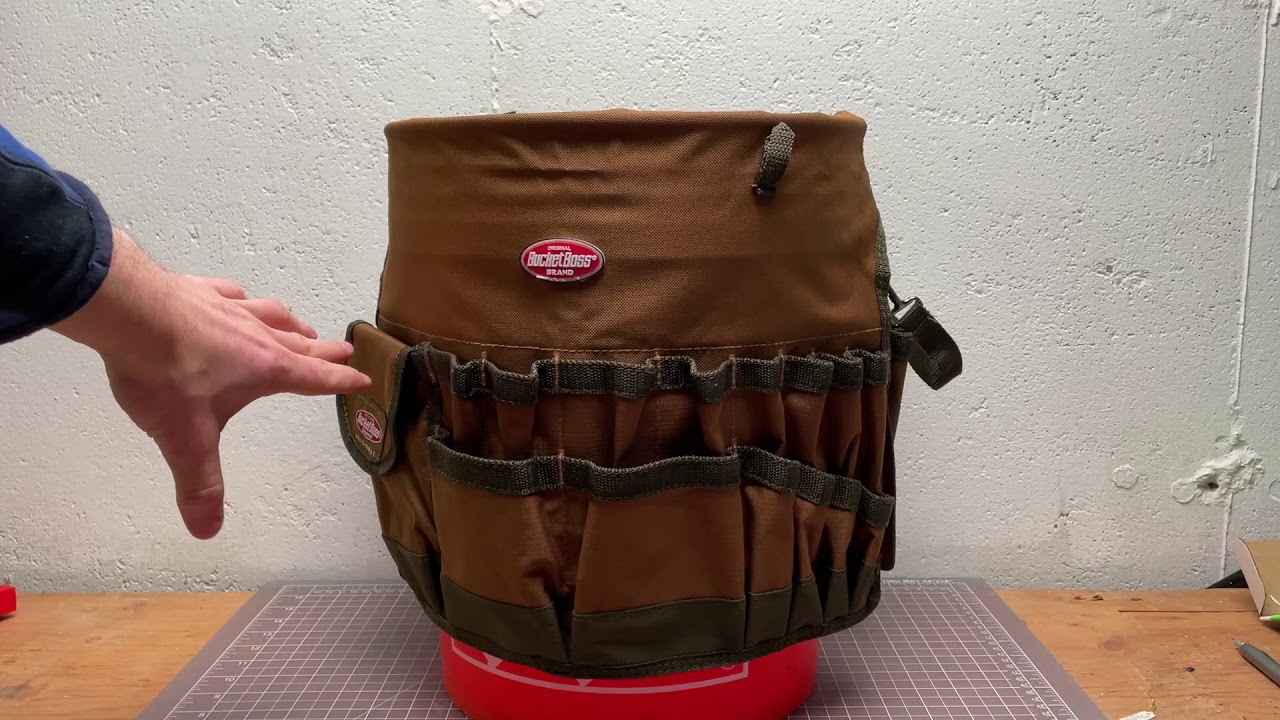
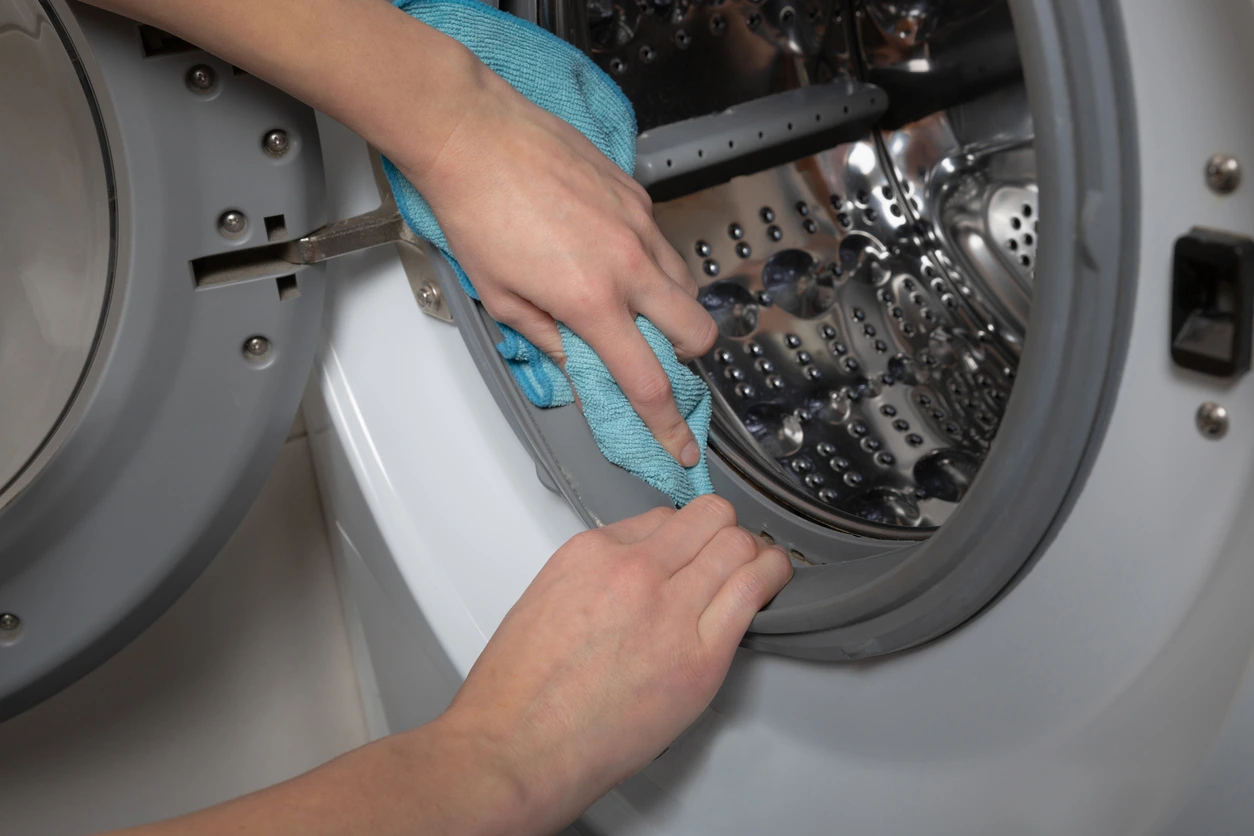
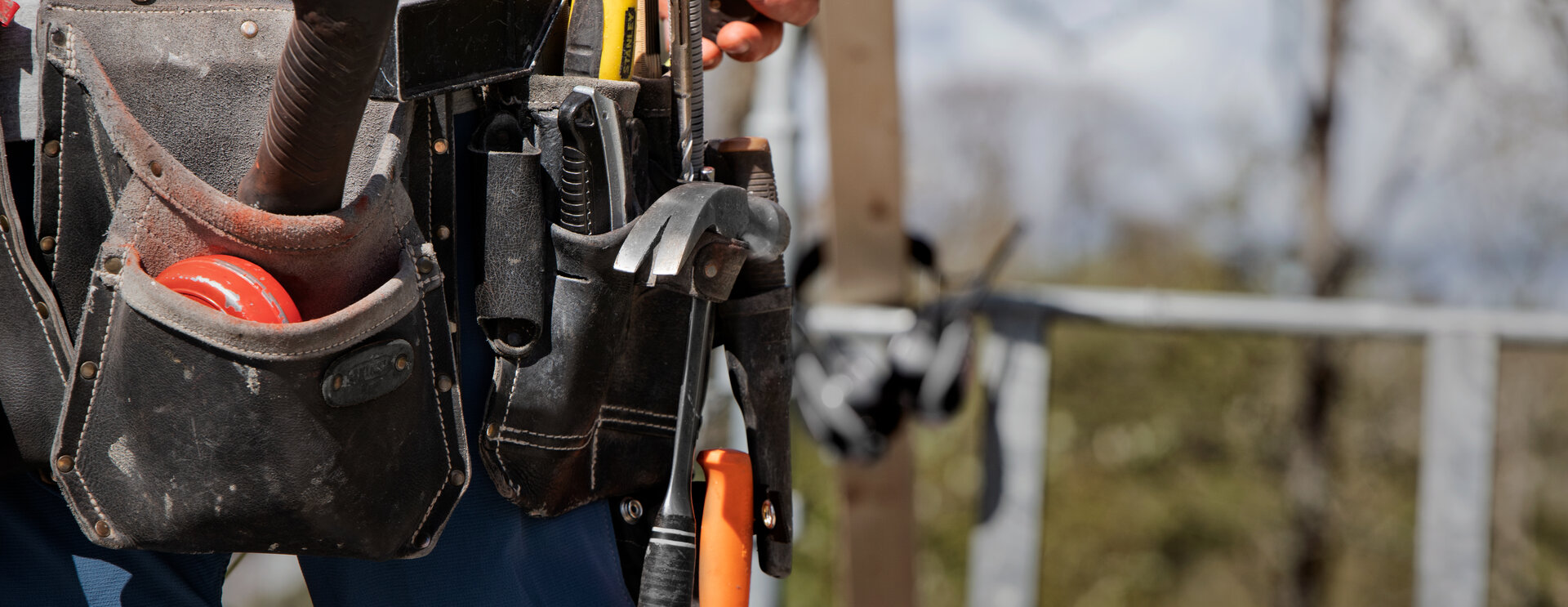
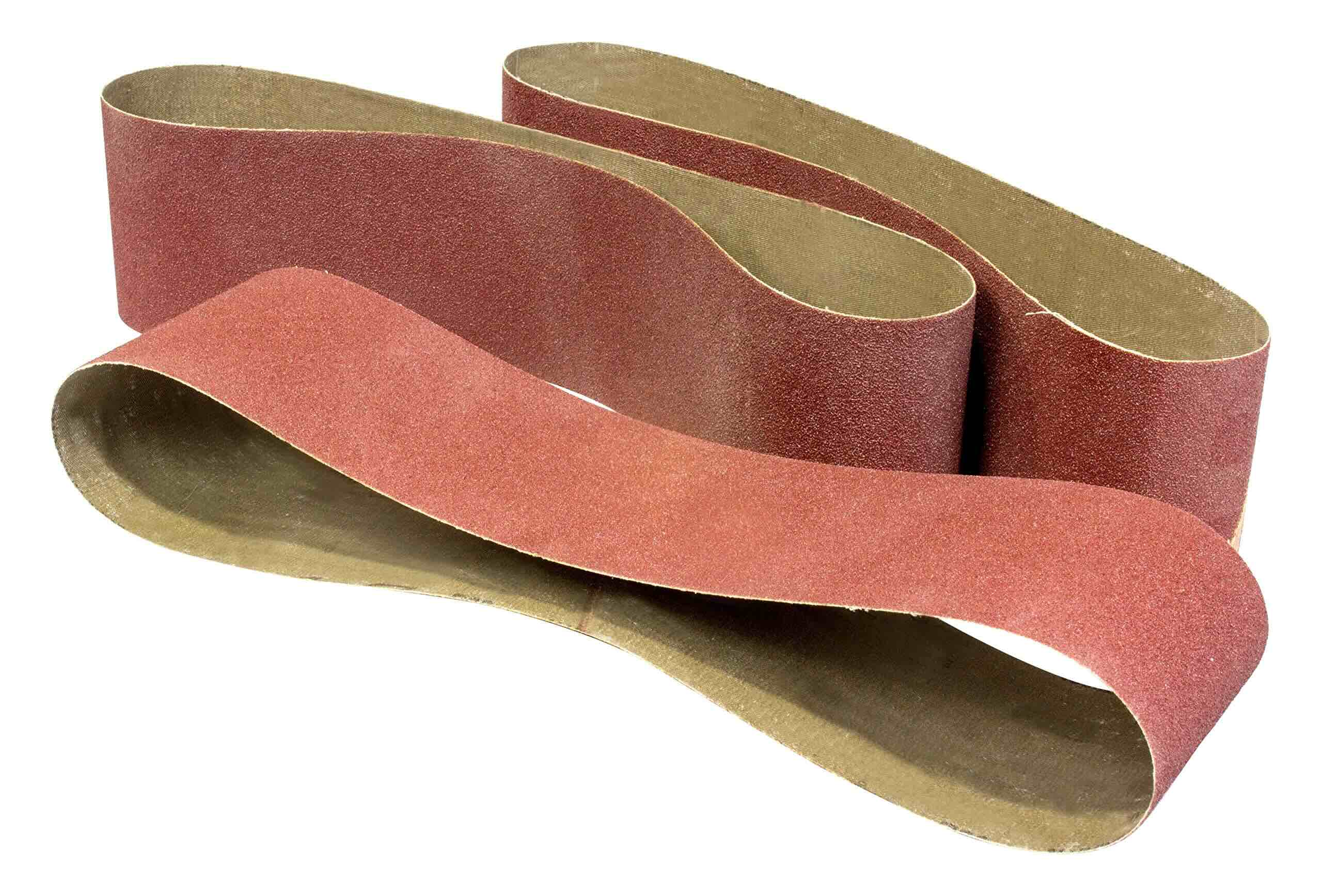
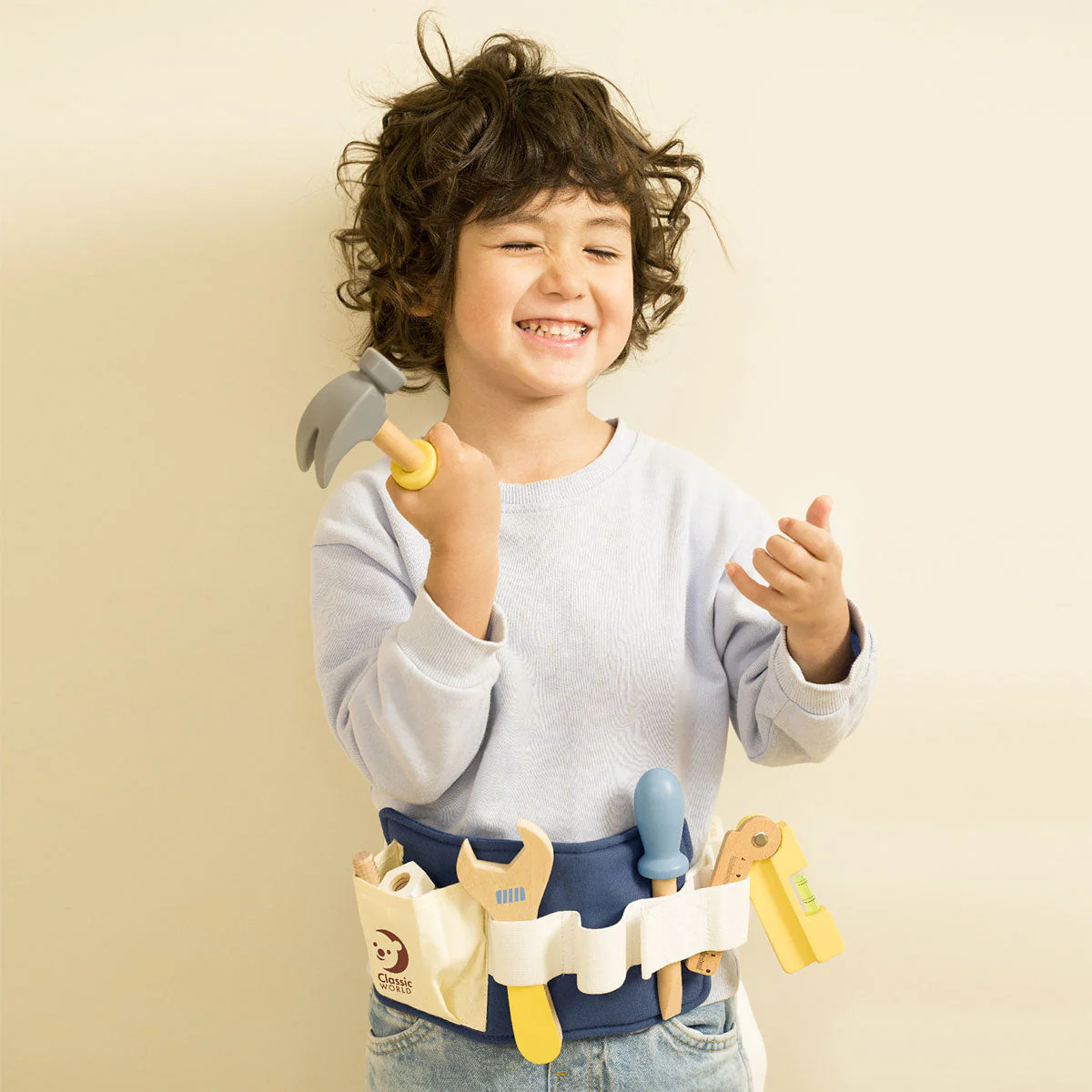

0 thoughts on “How To Organize Belts”